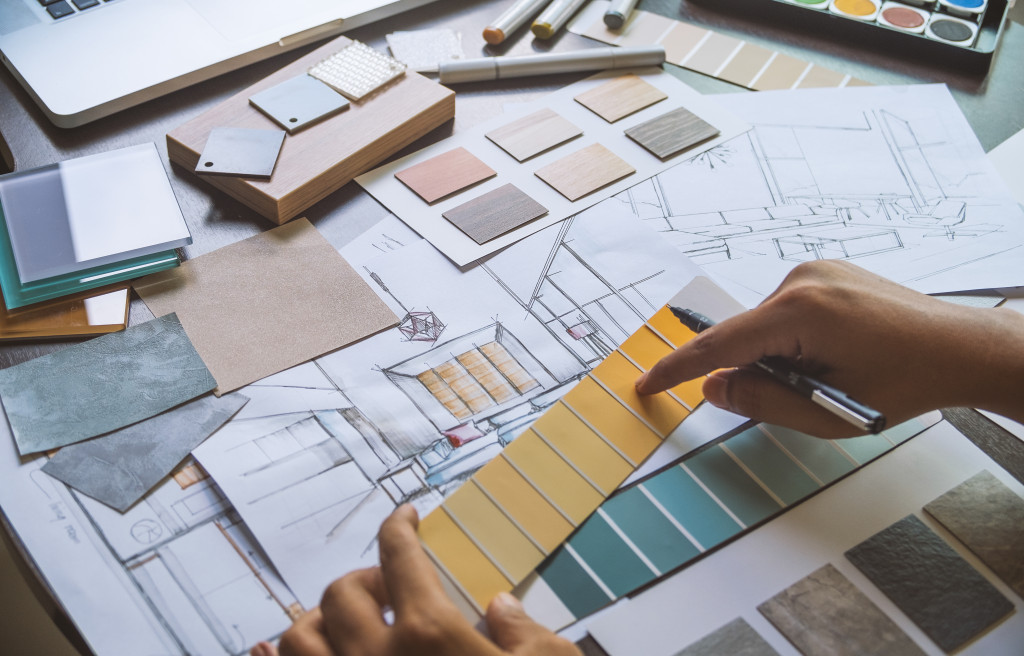- Universal design principles can help make rental homes accessible to people of all ages and abilities.
- One-story living or installing a ramp or lift can provide step-free access.
- Flexible layouts, non-slip flooring, kitchen mats, textured bath tiles, and carpeted living areas should be considered to prevent slips and falls.
- Grab bars and handrails should be securely installed and strong enough to support up to 250 pounds of weight.
As a rental property owner or landlord, making your rental homes accessible to people of all ages and abilities is essential. Not only is it beneficial for your tenants, but also for your business. Making your rental homes accessible can help you attract more tenants and increase your rental income. Here are some of the universal design principles that you can apply to your rental homes to make them accessible to people of all ages and abilities.
Step-Free Access
One of the fundamental principles of universal design is step-free access. This means providing a way for tenants to enter and exit the rental home without having to climb stairs. Here are some ways you can do this:
One-Story Living
If possible, you should consider offering one-story rental homes. This can make it easier for tenants with mobility issues to move around the house. Additionally, it can be beneficial for families with young children or tenants who prefer not to climb stairs.
Installing a Ramp or Lift
If your rental home is two stories, installing a ramp or lift can help tenants get in and out of the home. This can be especially helpful for people with wheelchairs or mobility issues. Additionally, you should make sure that the railing on the ramp or lift meets the correct specifications and is installed correctly to ensure it’s safe for tenants to use.
Flexible Layout
A flexible layout is another essential universal design principle. This means designing the rental home in a way that allows for easy modification and personalization. You should provide your tenants with options for adjusting the layout to suit their needs. For example, you could install lever-style door handles, which are easier to operate for people with disabilities.

Non-Slip Flooring
Another important universal design principle is non-slip flooring. Slippery floors are a common hazard, especially for seniors and people with mobility issues. To prevent accidents, you should install consider the following:
Kitchen Mats
One of the most essential features to consider in order to make your rental homes accessible is kitchen mats. High-quality kitchen mats can help reduce the risk of slips and falls, especially for seniors or people with mobility issues. They are absorbent, non-slip, and come in a variety of patterns and colors. Kitchen mats also provide additional comfort when standing in one place for long periods of time.
Textured Bath Tiles
Textured bath tiles are another critical element of universal design. These tiles provide extra traction, making it easier for tenants to move around the bathroom without slipping. Textured bath tiles come in a variety of colors and materials, so you can find one that matches your rental home’s aesthetics.
Carpeted Living Area
Carpeted living areas can also provide extra traction and help reduce the risk of slips and falls. Carpets are available in a variety of colors, patterns, and materials, so you can choose one that matches your rental home’s design.

Grab Bars and Handrails
To help tenants maintain their balance and prevent falls, you should install grab bars and handrails in areas such as bathrooms, stairways, and hallways. These safety features are particularly important for seniors and people with disabilities.
Make sure that the railings and grab bars are installed as securely as possible and can really support your tenants regardless of their weight. For instance, you should choose grab bars that are strong enough to support up to 250 pounds of weight.
If possible, you should also consider installing larger handrails that can be used by both adults and children. This can be beneficial for families with young kids in tow.
Applying universal design principles to your rental homes is a smart investment that can benefit both your tenants and your business. By making your rental homes accessible to people of all ages and abilities, you can attract more tenants, increase your rental income, and create a safer living environment for all. Some of the universal design principles that you can apply to your rental homes include step-free access, non-slip flooring, grab bars and handrails, one-story living, and a flexible layout. By incorporating these designs, you can create rental homes that are functional, safe, and welcoming to everyone.




